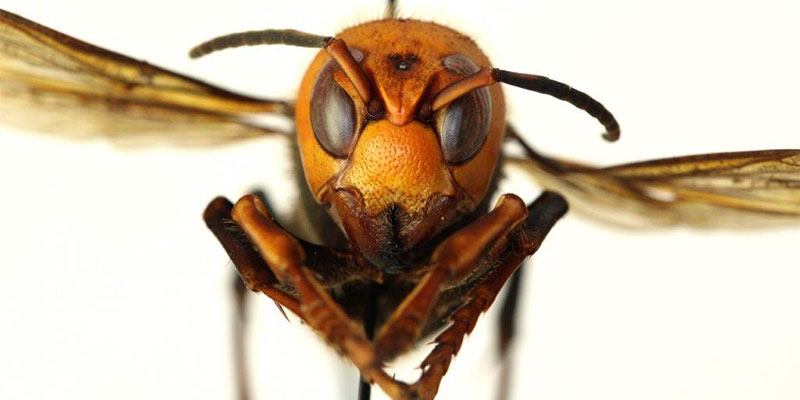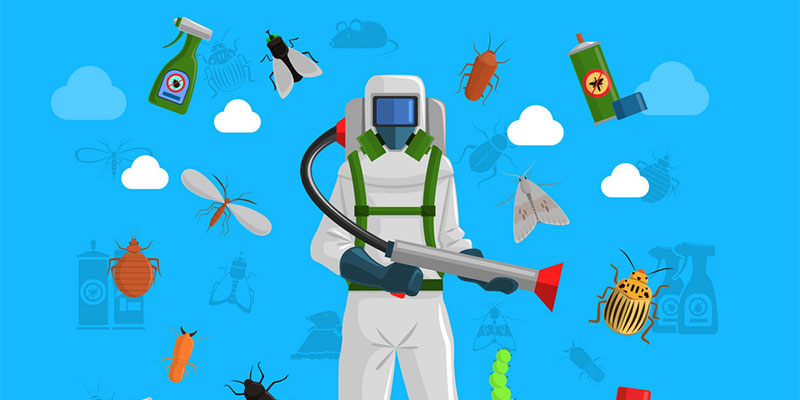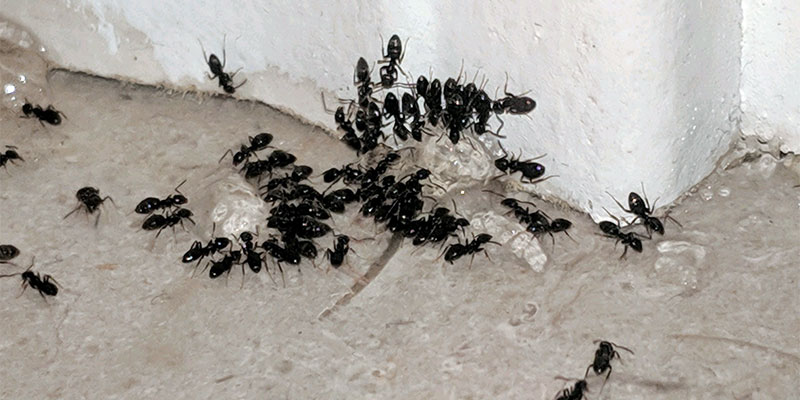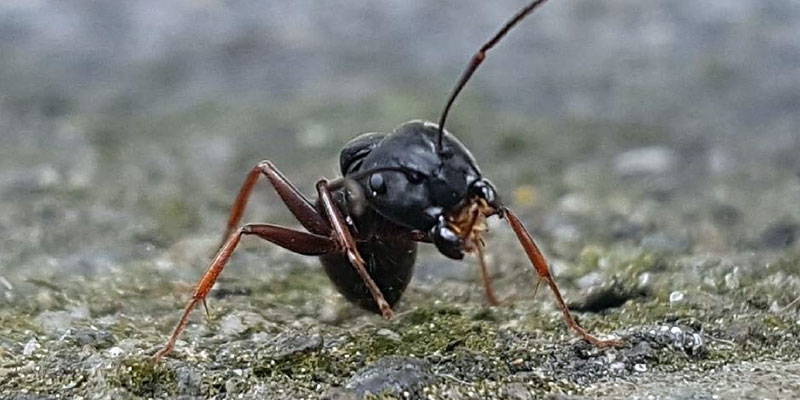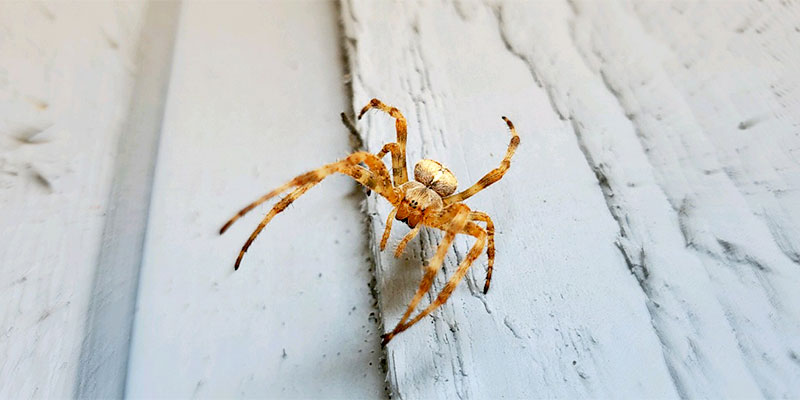
As you may have noticed, we are in the middle of spider season. It’s been a tough one so far so we thought we would share some information about these guys to calm some fears, as well as help you control them around your home if they are bothering you.
Every year as we reach the peak of Summer and it fades to Fall, we see more and more spider webs around. This is due to a number of factors but a big one is an increase in flying insect populations this time of year, which provides ample food sources for spiders. This is also spider mating season as well so they are out and about and hard to miss! Nobody likes walking out your door in the morning only to have a face full of spider web greet you. Unfortunately, that is a part of life which is hard to avoid. With that said we wanted to try to calm some of the fears that surround spiders and spider webs.
Spider Types
Most of the spiders that are found around the exterior of a house this time of year are Orb-Weaver spiders. They build those traditional round webs, and unfortunately often place them at eye level, so they are very obvious and hard to miss. Many times people feel like their home is infested because of all the webs. It is important to remember, however, that Orb-Weavers are not aggressive spiders, and they have zero interest with setting up shop inside a home. Their food sources and mating partners are all outside so that is where they will typically stay.
Facts Not Fear
Don’t feed into fear. Many of our clients are genuinely scared of spiders. This fear is often passed down from generation to generation, and reinforced by Hollywood. The vast majority of spiders, especially in Western Washington, are not dangerous to humans. One of our goals as a company is to replace our clients’ fear with facts and knowledge about the biology of the pest(s) they are calling us to control. Spiders don’t feed on people like fleas or mosquitoes. Almost always, when a spider bites, it is out of self-defense, like if you rolled over on one in your sleep, but even this is uncommon.
Dangerous Spiders?
Despite popular belief, there are very few dangerous spiders in our area. The infamous Brown Recluse is not here. Black Widows are extremely rare (False Black Widows are more common), and the Giant House Spider is a common spider but is much more timid than it looks. The Hobo Spider looks very similar to the Giant House Spider but there is no scientific proof that its bite is as dangerous as it is commonly believed to be.
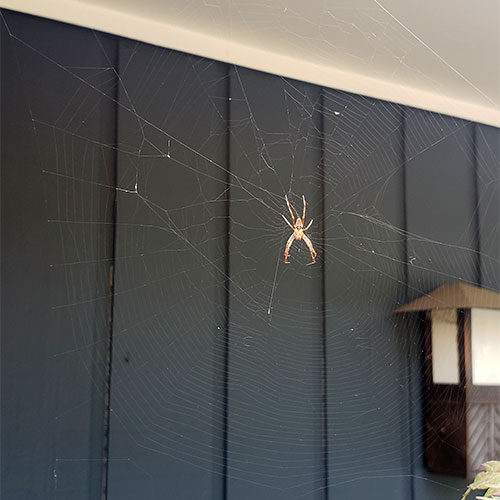
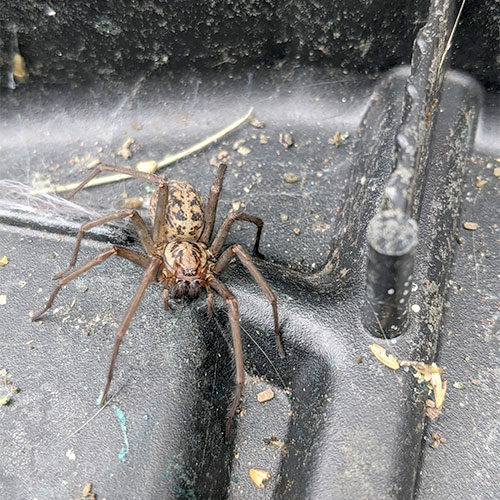
Masterful Web Builders
Spider control is difficult for many reasons, even for professionals. Spiders can build a web on your home without ever touching the home, which makes traditional insecticides less impactful than many people realize. They will often travel from trees and bushes by casting out a line of silk much like a fishing pole, a skill called “ballooning” where they glide through the air, almost like flying. A spider can rebuild a full web within an hour or two, so simply knocking down the webs will not control them.
Why Spiders are Important
It is important to remember that many spiders are beneficial and help to keep undesirable bug populations under control. That is why our goal for our spider control clients is in keeping spiders out of homes, not necessarily out of a client’s yard. During our services we brush webs from the exterior perimeter areas, focusing on exterior lighting fixtures, around doors and windows, along the foundation/siding area, and under the eaves. We then treat in these areas to leave a residual material in place to create a barrier between the exterior population and our clients’ homes. This helps to minimize the population in the direct vicinity of a home but still allows other spiders to do their job out in the yard.
What are “Ghost Webs”?
“Ghost webs” can be an issue as well. Oftentimes there is a web that exists but that spider either vacated that location or may have died a while ago, but the web remains. The silk material spiders use to build their webs is very strong and sticky, and will remain in place sometimes for months or even years after the spider that created it is long gone. So, just because you see a lot of webs around, it does not necessarily mean there are a lot of spiders.
Regular Prevention Efforts Matter
Successful control of spiders takes time. A one-time brushing and treatment will certainly help, but without regular prevention efforts done on a year-round basis, the insect population (spider food sources) will still be prevalent when the spiders look to reestablish. With regular control efforts taking place in strategic locations around a home, it reduces the abundance of other insects, resulting in a smaller food source for spiders, which means there will be fewer spiders around. We want to make your home a less desirable place for them to call their home.
At the end of the day, if spiders are bugging you, feel free to call us. We’re here to help in any way we can. Thanks for reading!

